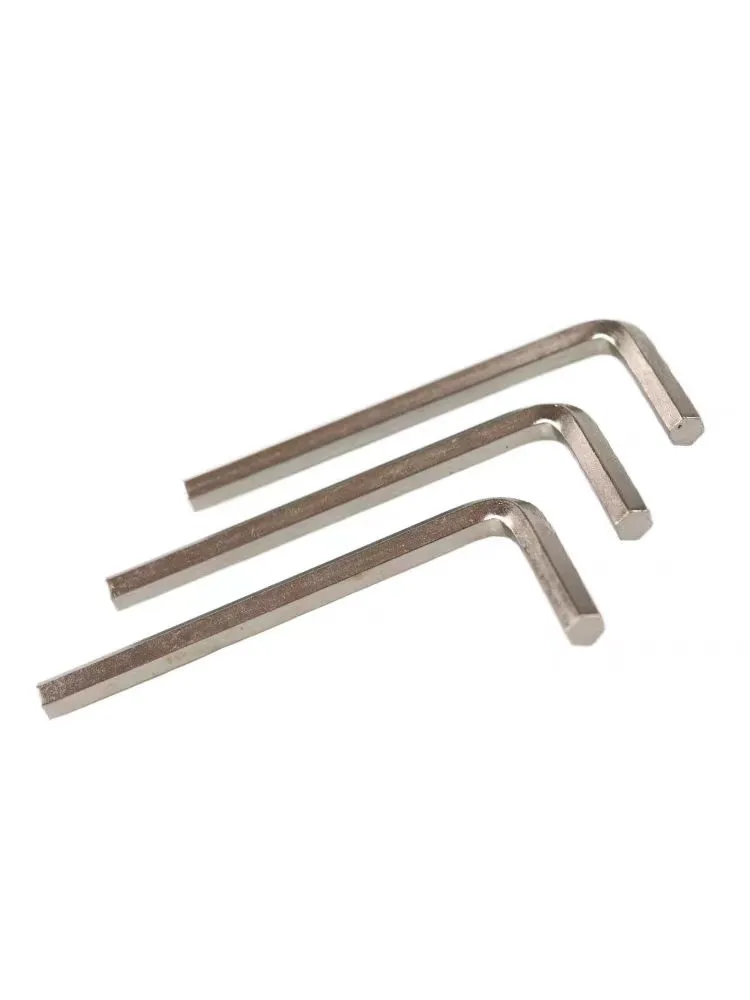

Design and Installation of Anchor Bolts for Steel Columns in Construction Projects
Nov . 28, 2024 06:08 Back to list
Design and Installation of Anchor Bolts for Steel Columns in Construction Projects
Steel Column Anchor Bolts Essential Components for Structural Stability
In the realm of construction and structural engineering, the importance of reliable connections cannot be overstated. One critical component that facilitates the stability of steel columns is the anchor bolt. Specifically designed to secure steel columns to their foundations, anchor bolts play a pivotal role in ensuring the safety and durability of various structures, from skyscrapers to bridges.
Understanding Anchor Bolts
Anchor bolts are heavy-duty fasteners that are embedded in concrete to provide a robust connection for structural elements like steel columns. They come in various sizes, shapes, and materials, but their main purpose remains the same to transfer loads from a column down to the foundation. Generally, anchor bolts are made from high-strength steel, ensuring they can withstand significant forces, including tension, shear, and moments caused by the structural loads.
There are primarily two types of anchor bolts used in construction cast-in-place bolts and post-installed bolts. Cast-in-place bolts are placed in the concrete before it cures, allowing for a seamless integration into the foundation. Post-installed bolts, on the other hand, are inserted into already cured concrete using adhesive or mechanical expansion methods. The selection between these types depends on various factors, including the project's specific requirements and the existing site conditions.
Design and Engineering Considerations
The design of anchor bolts involves several critical considerations. Engineers must take into account the load requirements, environmental conditions, and the type of structure being secured. Additionally, factors such as soil conditions, seismic activity, and wind loads must also be evaluated to ensure a safe and effective design.
Typically, the layout and spacing of anchor bolts are determined during the design phase. The number of bolts and their configuration can significantly impact the load distribution and overall stability of the structure. It is common practice to adhere to guidelines established by industry standards, such as the American Institute of Steel Construction (AISC) and American Concrete Institute (ACI), to ensure compliance with safety protocols.
steel column anchor bolts

Installation Process
Proper installation of anchor bolts is crucial for maximizing their effectiveness. The process begins with site preparation, which includes excavating the foundation and ensuring the concrete forms are level and stable. For cast-in-place bolts, careful placement and alignment are necessary to prevent any misalignment issues during the curing process. For post-installed bolts, achieving proper depth and ensuring secure anchorage through the use of appropriate adhesives or expansion mechanisms is essential.
After installation, an inspection is typically conducted to verify that the anchor bolts meet specified tolerances and are free from defects. Quality control measures will help prevent any potential failures in the future.
Maintenance and Inspection
Like all structural components, anchor bolts require periodic inspection and maintenance. Regular inspections can identify any signs of corrosion, loosening, or fatigue, which can compromise the integrity of the connection over time. In environments exposed to extreme weather, chemicals, or heavy loads, enhanced protective measures, such as galvanization or coatings, may be utilized to prolong their lifespan.
Conclusion
Anchor bolts are integral to the safety and stability of steel structures. Their design, installation, and maintenance are critical to the overall integrity of any construction project. As the demands on infrastructure continue to grow, understanding the role of anchor bolts and adhering to best practices will be essential for engineers and construction professionals alike. Investing in quality materials and ensuring meticulous installation can lead to secure and resilient structures that stand the test of time.
Latest news
-
Hot Dip Galvanized Bolts-About LongZe|High Strength, Corrosion Resistance
NewsJul.30,2025
-
High-Strength Hot Dip Galvanized Bolts - Hebei Longze | Corrosion Resistance, Customization
NewsJul.30,2025
-
Hot Dip Galvanized Bolts-Hebei Longze|Corrosion Resistance&High Strength
NewsJul.30,2025
-
High-Strength Hot-Dip Galvanized Bolts-Hebei Longze|Corrosion Resistance&High Strength
NewsJul.30,2025
-
Hot Dip Galvanized Bolts-Hebei Longze|Corrosion Resistance&High Strength
NewsJul.30,2025
-
Hot Dip Galvanized Bolts - Hebei Longze | Corrosion Resistance, High Strength
NewsJul.30,2025

